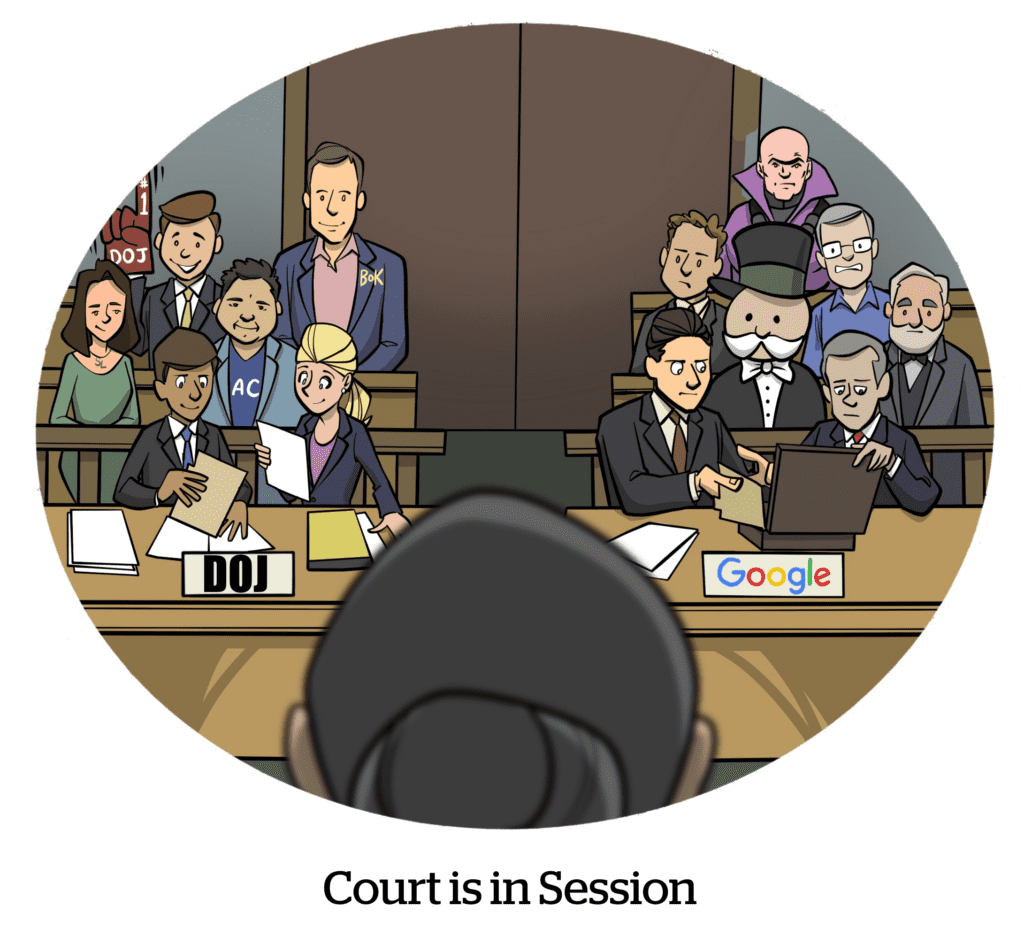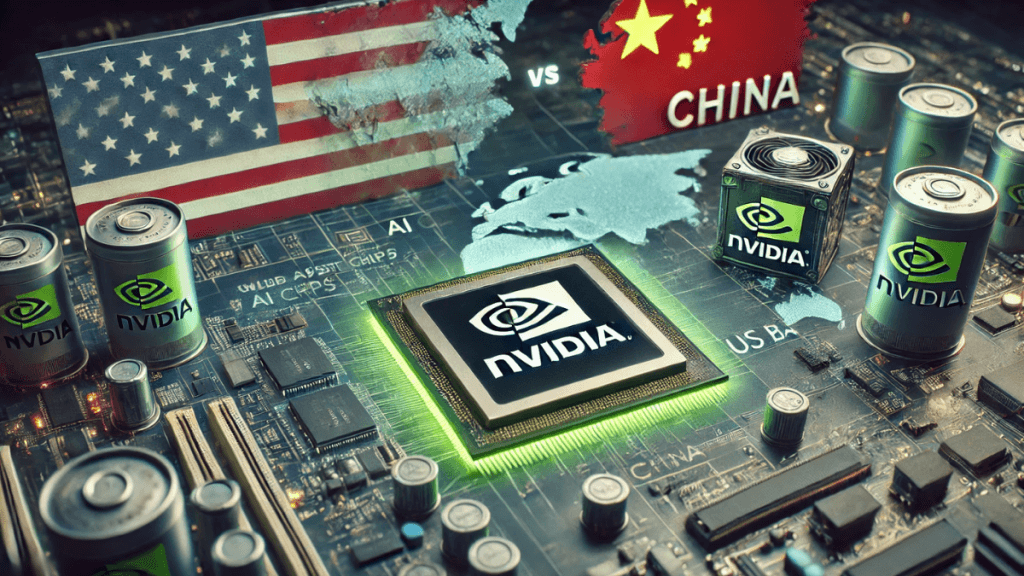Closing Arguments Place Google Ad Tech Breakup Before Judge
Lawyers for Google and the Department of Justice presented closing arguments today in a high stakes remedy phase over parts of Google's ad tech business that a court found to be an illegal monopoly. The judge in Alexandria will decide early next year whether to order structural divestitures that could remake digital display advertising and reshape how publishers and advertisers buy and sell inventory.

In federal court in Alexandria, Virginia, lawyers for Google and the Department of Justice concluded an eleven day remedy phase today that follows a prior ruling finding portions of Google's ad tech stack unlawful. The Justice Department urged the judge to impose structural remedies, including divestitures of Google’s ad exchange and publisher tools, arguing that the company is a "recidivist monopolist" whose integrated systems distort pricing and smother competition.
Google’s defense framed the case as a choice between imposed fragmentation and market stability. Company lawyers warned that dismantling systems that coordinate real time auctions and deliver ads across the web would harm publishers and advertisers and could destabilize an infrastructure that processes millions of ad requests per second. They also told the court that market shifts, including developments in artificial intelligence, are already opening paths to competition that do not require court ordered breakups.
The proceedings put into relief the technical and commercial complexities of any structural remedy. Attorneys and industry observers explained that ad exchanges, auction logic, ad servers, and publisher tools are deeply interwoven, and that carving out one element without disrupting others would require painstaking engineering and new commercial agreements. The suit’s remedy phase focused on practical questions about how to spin off services while preserving continuity for publishers, advertisers, and the myriad smaller technology firms that plug into ad ecosystems.
Beyond the courtroom, the stakes extend across the digital advertising market. Display advertising supports a vast array of online journalism, entertainment, and commerce, and changes to the way ads are bought and sold could alter publisher revenue, ad pricing, and the balance of power between dominant platforms and smaller market participants. A structural order would set a precedent for competition enforcement in digital markets, potentially prompting other regulators and plaintiffs to seek similar breakups.
The government argued that past conduct and Google’s vertical integration have given it an entrenched advantage that cannot be remedied through behavioral rules alone. Google countered that forced divestitures could create disruption without guaranteeing better outcomes for competition or consumers. Both sides stressed remedies must account for the real time demands and technical reliability required to serve billions of ad impressions a day.
The judge’s decision, expected early next year, will determine whether the remedy becomes a blueprint for reordering ad tech. If the court orders divestitures, implementation will present legal and technical hurdles and is likely to trigger appeals and extended litigation. If the court rejects structural changes, the outcome could reinforce a regulatory focus on conduct based interventions and leave Google’s integrated architecture largely intact.
What happens next will reverberate through advertising, media, and technology. For publishers and advertisers that rely on the current system, the decision will shape revenue models, competitive dynamics, and the future of a market in which speed and scale matter as much as price.


